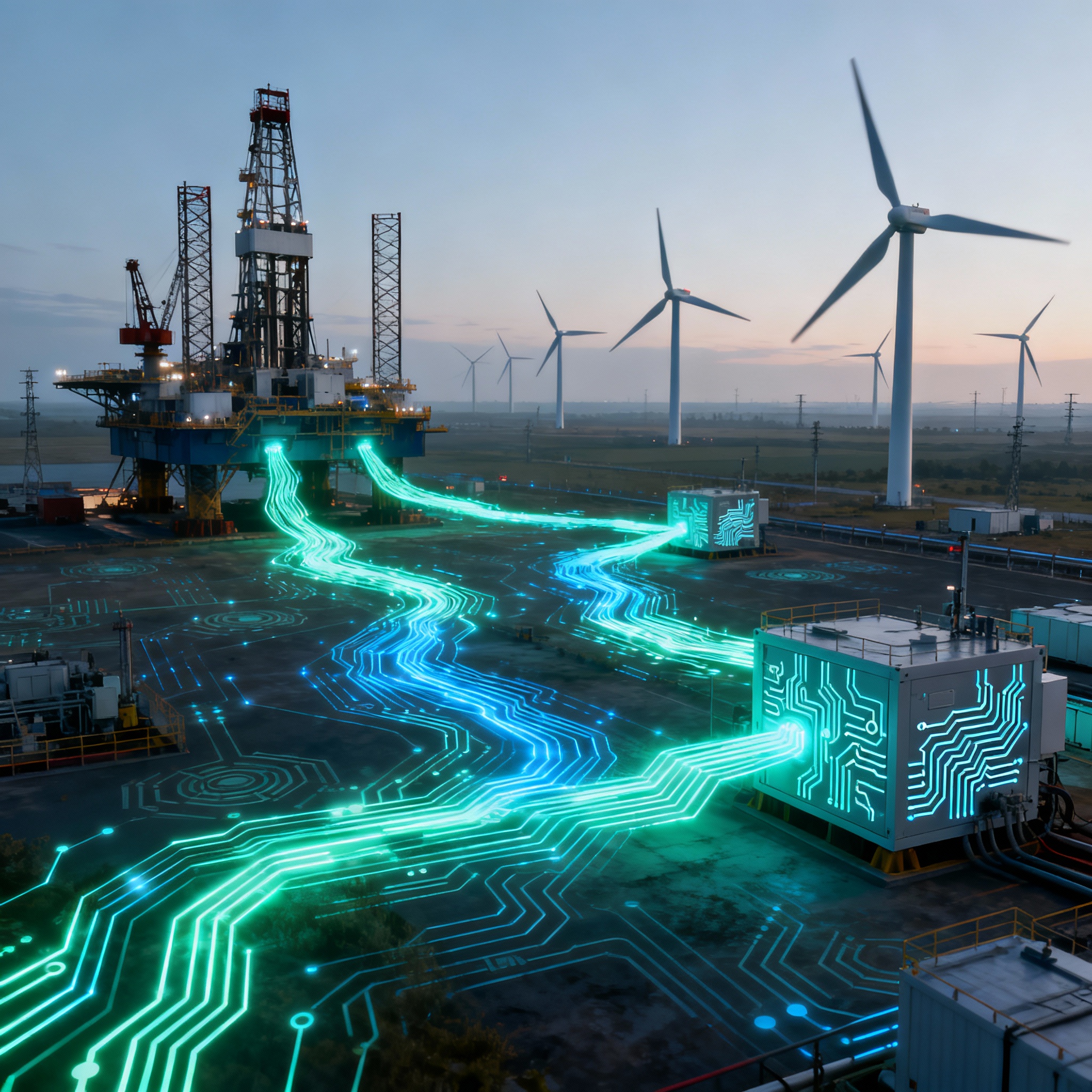Powering Smart Energy Operations with Gen AI

Q1. Could you start by giving us a brief overview of your professional background, particularly focusing on your expertise in the industry?
I have over 10 years of experience leading AI-driven digital transformation programs across EMEA's energy, utilities, and industrial sectors, and over 20 years in business technology strategy and implementation –both in-house and as a consultant.
I've established multiple AI and digital labs at major consulting firms and served in partner-level roles at Accenture and Wood Group, working directly with CDTOs, CIOs, and senior leadership teams across energy companies, utilities, and technology providers.
My expertise spans the intersection of industrial AI, data modernization, and digital transformation strategy, with particular focus on energy asset management, smart grid technologies, and the deployment of agentic AI solutions in capital-intensive industries.
Q2. What is the expected market growth rate and Total Addressable Market (TAM) for Generative AI-driven solutions in energy asset management and predictive maintenance over the next 3–5 years?
Based on my research and what I follow- the combined energy sector TAM shows explosive growth: Generative AI in oil & gas specifically is projected to grow from $601.82 million in 2025 to $2.02 billion by 2034 (CAGR of 14.9%), while the broader AI in oil & gas market will expand from $7.6 billion in 2025 to $25.2 billion by 2034 at 14.2% CAGR. Adding utilities and renewables, the total energy AI market reaches $54.8 billion by 2030. Predictive maintenance specifically shows the highest growth at 35.1% CAGR, expanding from $10.6 billion in 2024 to $47.8 billion by 2029, with oil & gas companies achieving up to 30% cost reduction and 25% efficiency gains.
Q3. What breakthrough GenAI innovations will disrupt capital-heavy energy infrastructure, and which companies are best positioned to lead?
Key Innovations
Saudi Aramco's trillion-parameter METABRAIN LLM trained on 90 years of operational data, autonomous drilling with AI-driven closed-loop systems deployed by ExxonMobil in deepwater operations, and AI-powered digital twins reducing downtime by 20% (Shell) and 25% (BP).
Market Leaders
Saudi Aramco leads with $4 billion in AI-driven technology returns in 2024, followed by ExxonMobil's autonomous drilling systems, Chevron's AI-powered methane reduction (60% emissions intensity cut), and Shell's $90 billion AI infrastructure partnerships with Microsoft.
In addition, utilities such as National Grid, E.ON, EDF, Sampera are investing significantly in leveraging AI for both Customer contact centers but also for their assets.
Q4. What are the most promising use cases for Generative AI in core energy operations that you see at scale today?
Oil & Gas at Scale
Predictive maintenance preventing $8 million losses from 12-hour offshore platform downtime, seismic data enhancement reducing exploration risk by 40% (ExxonMobil), and automated drilling optimization delivering 66% faster sample analysis (ExxonMobil's lubricant analysis service).
Cross-Sector Deployment
Digital twins for refineries and power plants with 90%+ accuracy in predicting corrosion failures, autonomous drone inspections reducing manual oversight by 20% (Shell, BP), and real-time emissions optimization across upstream, midstream, and downstream operations.
Operational Examples
Aramco's 300+ AI use cases generating $4 billion annual value, Chevron's Permian Basin AI analytics "driving productivity and reducing cycle times", and BP's 25% reduction in maintenance-related disruptions.
In Utilities
Field Force optimisation, asset uptime, and Customer Contact centres.
Q5. If you were an investor looking at companies within the space, what critical question would you pose to their senior management?
Given that 92% of oil & gas companies are investing in AI with projected CapEx reaching $4.21 billion by 2028, yet only 44% of upstream organizations currently deploy AI use cases, how are you ensuring your AI investments translate to measurable ROI beyond pilot programs?
What percentage of your current AI initiatives have moved from experimental to revenue-generating at scale, and how are you addressing the dual challenge of replacing aging infrastructure with AI-enabled systems while simultaneously meeting net-zero commitments that require fundamentally different operational models?
Comments
No comments yet. Be the first to comment!
